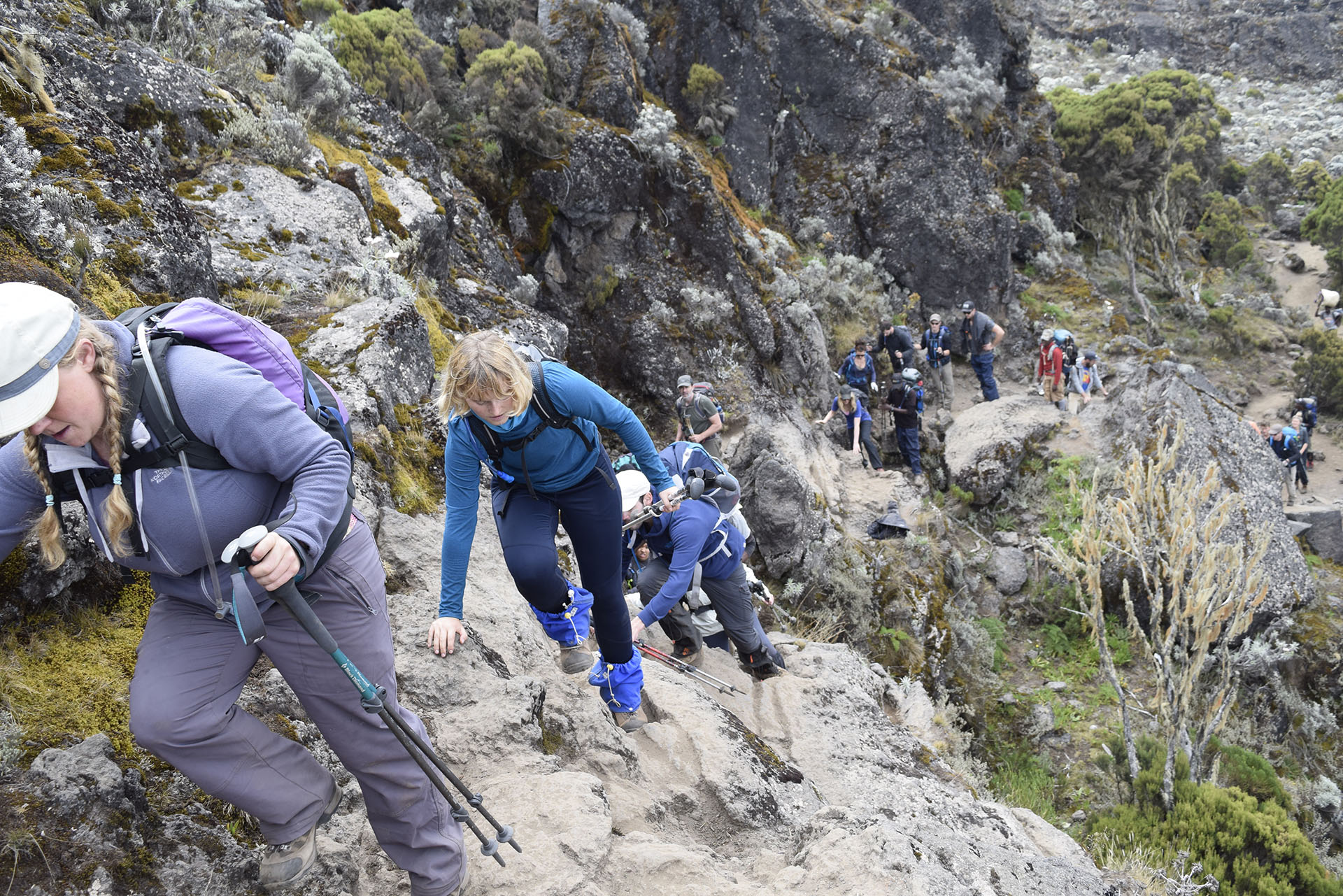About Kilimanjaro
Did you know Mount Kilimanjaro was once known as "Kilemakyaro"? The name comes from the Chagga people, the native tribe living on the mountain’s slopes. In their language, "kilema" means "difficult or impossible" and "kyaro" refers to a journey or town together meaning "impossible journey" or "unreachable town." Over time, the name evolved into Kilimanjaro, but its original meaning still reflects the awe, challenge, and mystery this iconic mountain inspires in adventurers from around the world.
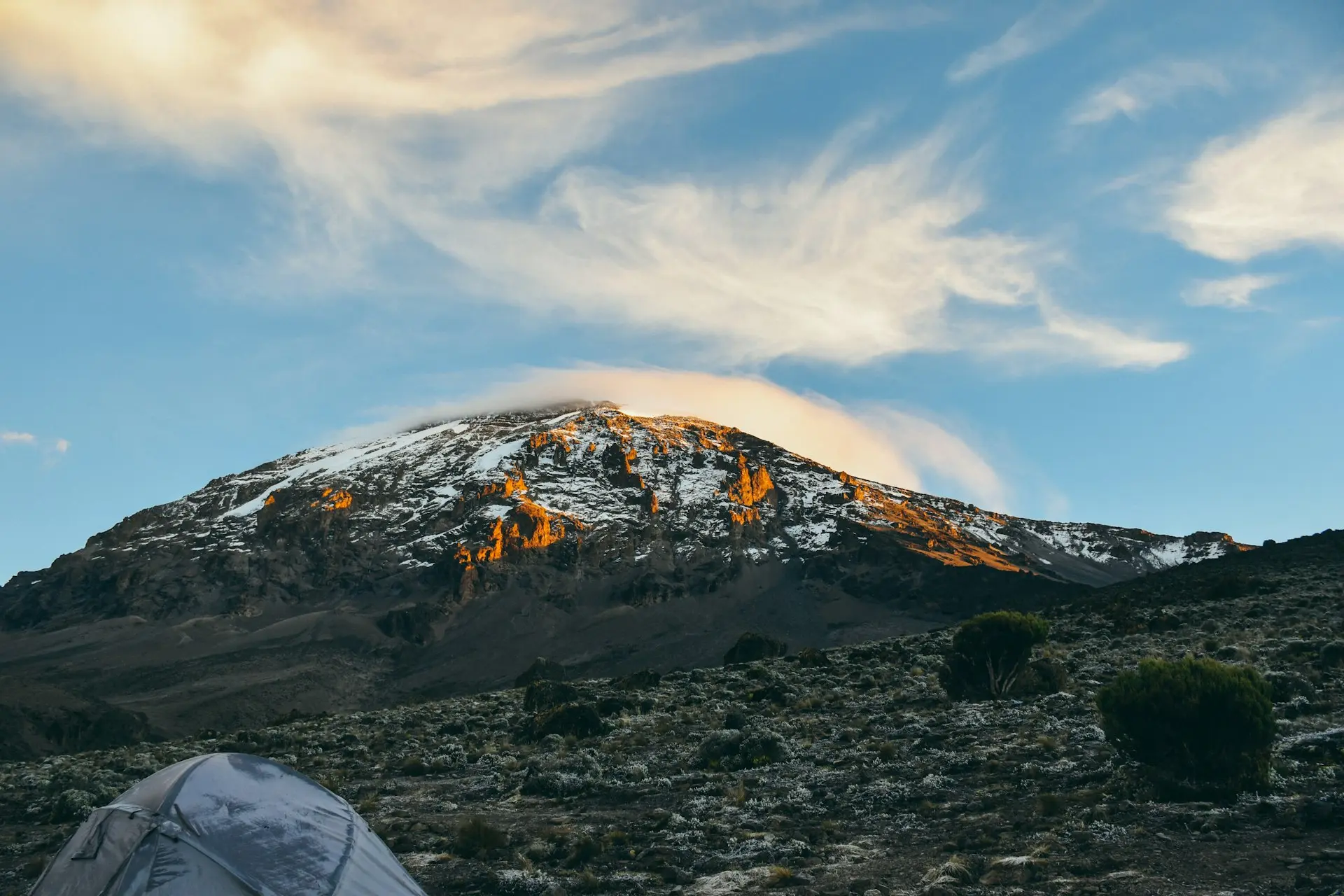
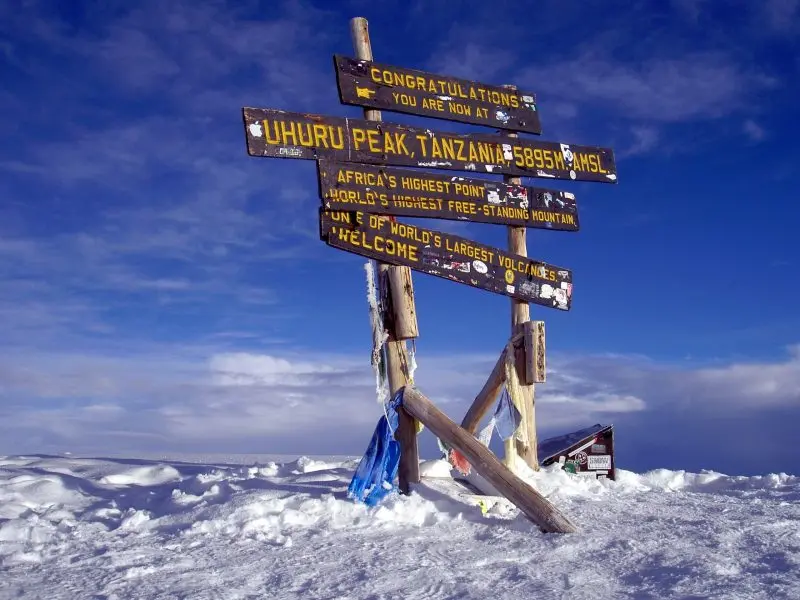
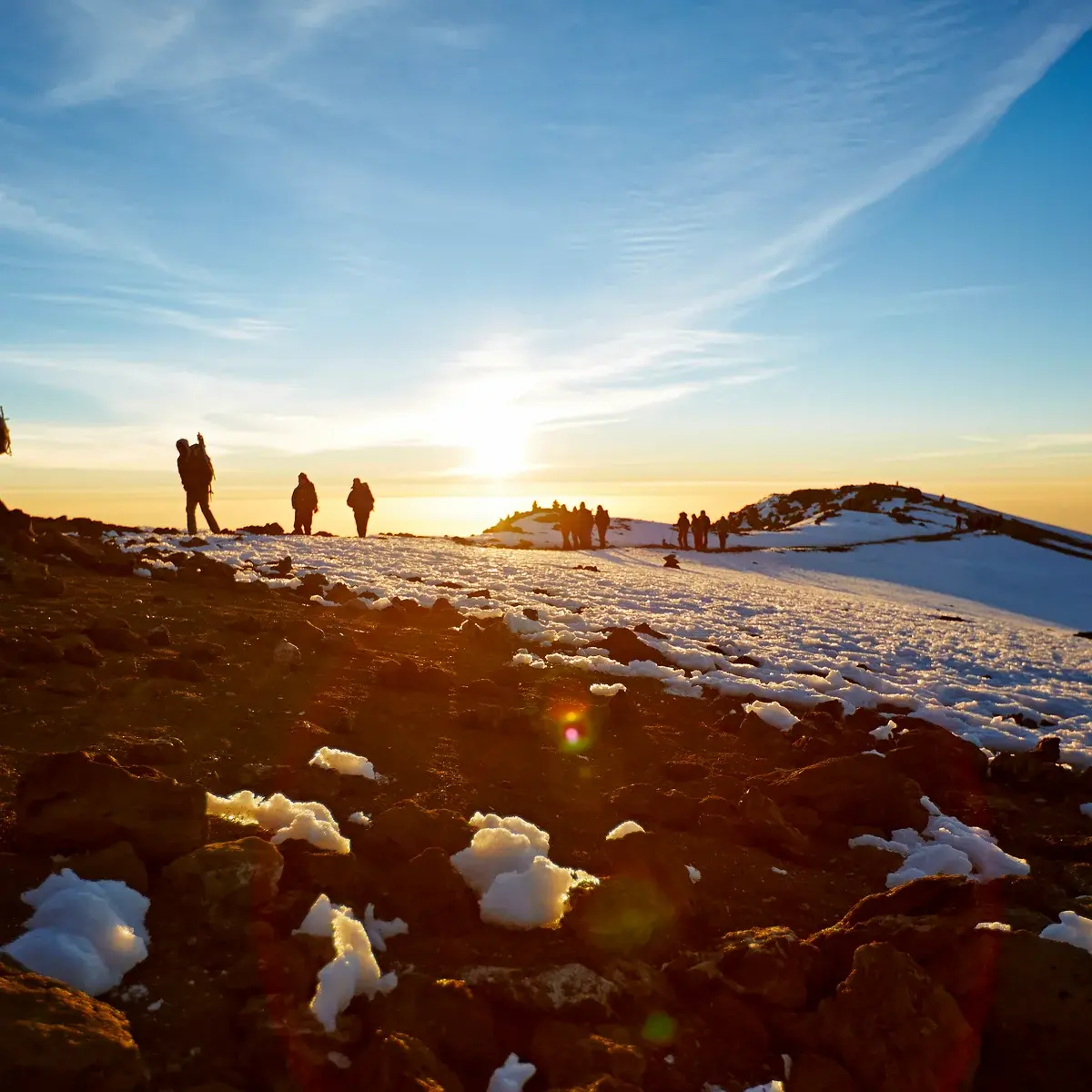
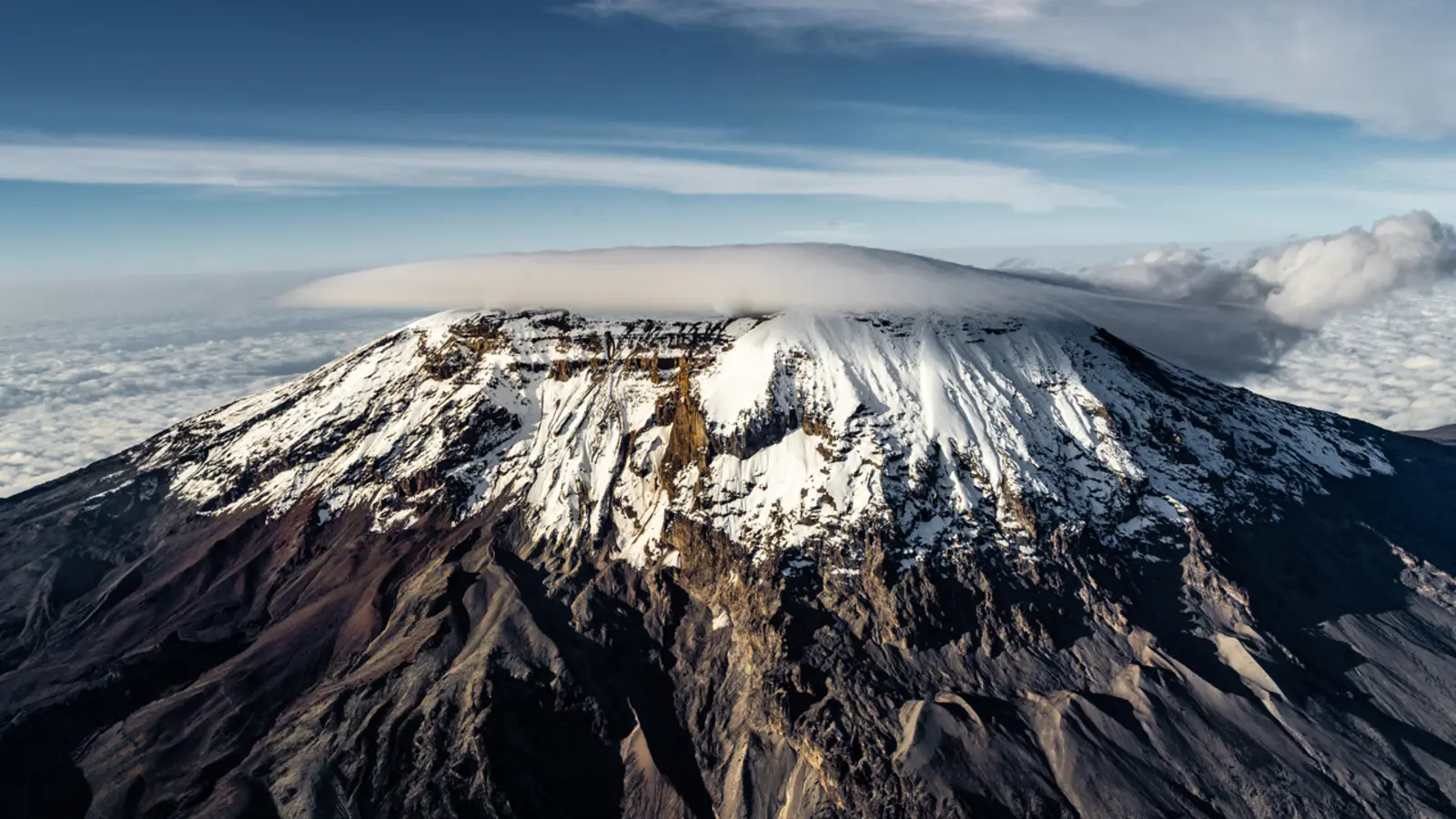
Climb Mount Kilimanjaro. Your Journey to the Roof of Africa Starts Here
Welcome to the adventure of a lifetime! Rising to 19,341 feet (5,895 meters), Mount Kilimanjaro is not only the highest mountain in Africa, but also the tallest free-standing mountain on Earth. Located in Tanzania, East Africa, this iconic peak is one of the legendary Seven Summits a dream destination for trekkers, climbers, and nature lovers from around the globe.
Why Kilimanjaro?
Kilimanjaro’s snow-capped peak towers majestically above the surrounding savannahs, creating a stunning contrast of tropical landscapes and alpine beauty. Despite being a dormant volcano, its presence is alive inspiring all who dare to climb it. It's not just a mountain; it's a symbol of challenge, perseverance, and triumph.
Home to Kilimanjaro National Park, a UNESCO World Heritage Site, the mountain is a biodiversity hotspot. Lush montane forests, cloud forests, and rare endemic species like the giant Dendrosenecio kilimanjari thrive along its slopes. It also harbors Africa’s largest remaining glaciers a breathtaking yet vanishing marvel due to climate change.
🌋 A Geological Giant With a Legendary Past
Mount Kilimanjaro isn’t just a mountain it’s a million year old masterpiece of fire and ice, shaped by powerful volcanic forces and time itself. At its heart are three colossal volcanic cones, each with a unique story waiting to be discovered:
🔥 Kibo (19,341 ft / 5,895 m)
The tallest and most iconic of the three. Kibo is dormant, yet still capable of erupting again. At its peak lies Uhuru Peak the summit of Kilimanjaro and the ultimate goal for every climber.
⛰️ Mawenzi (16,896 ft / 5,149 m)
Wild, jagged, and awe-inspiring. Once an active volcano, Mawenzi is now extinct, but its sharp ridges and dramatic spires create a striking contrast to Kibo’s snow-covered slopes.
🌄 Shira (13,000 ft / 3,962 m)
The oldest of the trio now a collapsed volcanic plateau. Shira’s remains form a stunning high-altitude landscape where rich vegetation meets ancient lava rock.These volcanic giants are more than just geology they’re living chapters of Earth’s ancient story, and you get to walk across their pages.
Formed nearly a million years ago, Kilimanjaro is a stratovolcano with a dramatic geological history marked by lava flows, ash layers, and tephra. Its last major eruption was 360,000 years ago, but its energy is still very much felt by all who ascend its trails.
👉 Ready to explore them up close?
The Clock is Ticking
Sadly, Kilimanjaro’s glaciers are melting fast shrinking by over 80% since 1912. Scientists predict the mountain could lose its iconic ice cap completely by the mid-21st century. This makes every climb not just a personal achievement, but also a witness to a disappearing natural wonder.
Who Can Climb Kilimanjaro?
You can. Whether you're 10 or 70+, Kilimanjaro is climbable by anyone with determination, moderate fitness, and the right support. The real challenge lies in the altitude and rate of ascent, not technical climbing. And that's where we come in.
Why Climb With Us?
At Climbing Kilimanjaro, we offer professionally guided treks, expertly crafted itineraries, and unwavering support — from start to summit. Our certified Kilimanjaro Guides are the heart of your adventure: knowledgeable, passionate, and committed to your safety and success.
We don’t just take you up the mountain — we help you conquer it.
- ✔️ High Success Rates
- ✔️ Personalized Itineraries
- ✔️ Experienced Mountain Crew
- ✔️ Sustainable and Ethical Tourism
- ✔️ 24/7 Support
Join Thousands Who’ve Reached the Summit
Be part of the elite group of climbers who’ve stood on the Roof of Africa, guided by the best in the business. Every step you take brings you closer to the summit — and to a moment that will stay with you forever.
🏔️ Kilimanjaro at a Glance – Key Facts Every Adventurer Should Know
✨ Ready to write your own chapter on the Roof of Africa? Let’s get you there! .
Height
5,895 meters (19,341 feet) – The tallest peak in Africa and the highest free-standing mountain in the world.
Location
Tanzania, near the vibrant town of Moshi – the perfect gateway to your mountain adventure.
First Summit
1889 by Hans Meyer & Ludwig Purtscheller – paving the way for dreamers and explorers from all over the world.
Annual Climbers
Over 50,000 adventurers take on the challenge every year — will you be one of them?
Best Time to Climb
January–March & June–October – the dry seasons offer the clearest skies, best views, and safest trekking conditions.
🏔️ Kilimanjaro Temperatures by Altitude
Yes, you’ll hike through all four seasons—on one epic adventure!
| Zone | Elevation | Day/Night Temperatures |
|---|---|---|
| 🌿 Rainforest | 1,800–2,800m | 🌤️ 21°C to 27°C (70–80°F) / 🌙 10°C (50°F) |
| 🌾 Heath/Moorland | 2,800–4,000m | 🌤️ 15°C to 21°C (60–70°F) / 🌙 -1°C (30°F) |
| 🏜️ Alpine Desert | 4,000–5,000m | 🌤️ 5°C to 15°C (40–60°F) / 🌙 -12°C (10°F) |
| ❄️ Arctic Summit | 5,000–5,895m | 🌤️ -7°C to -29°C (20 to -20°F) 🌙 Extreme chill! |
🎒 Packing Pro Tip:
Layer up! You’ll journey from tropical rainforest to Arctic winds, be ready for everything nature throws at you!
🧭 Plan Your Mount Kilimanjaro Adventure with Confidence
Climbing Mount Kilimanjaro isn’t just a trek — it’s a life-changing journey. But success starts with the right planning. We’re here to make it easy, exciting, and achievable.
🌤️ Choose the Right Time to Climb
Aim for the dry seasons (January–March or June–October) for the clearest skies and safest routes.
📅 Pick Your Perfect Dates & Route
From 5 to 9 days, we help you select the ideal route based on your fitness level, experience, and goals.
💪 Get Physically Prepared
We provide training tips and altitude advice so you’re ready for the climb — both mentally and physically.
💰 Plan Your Budget
Transparent pricing, no surprises. We’ll guide you on what’s included and how to prepare financially.
🚀 Your Journey Starts Here
This is your sneak peek into tackling Africa’s tallest mountain — but the real adventure begins when you book.
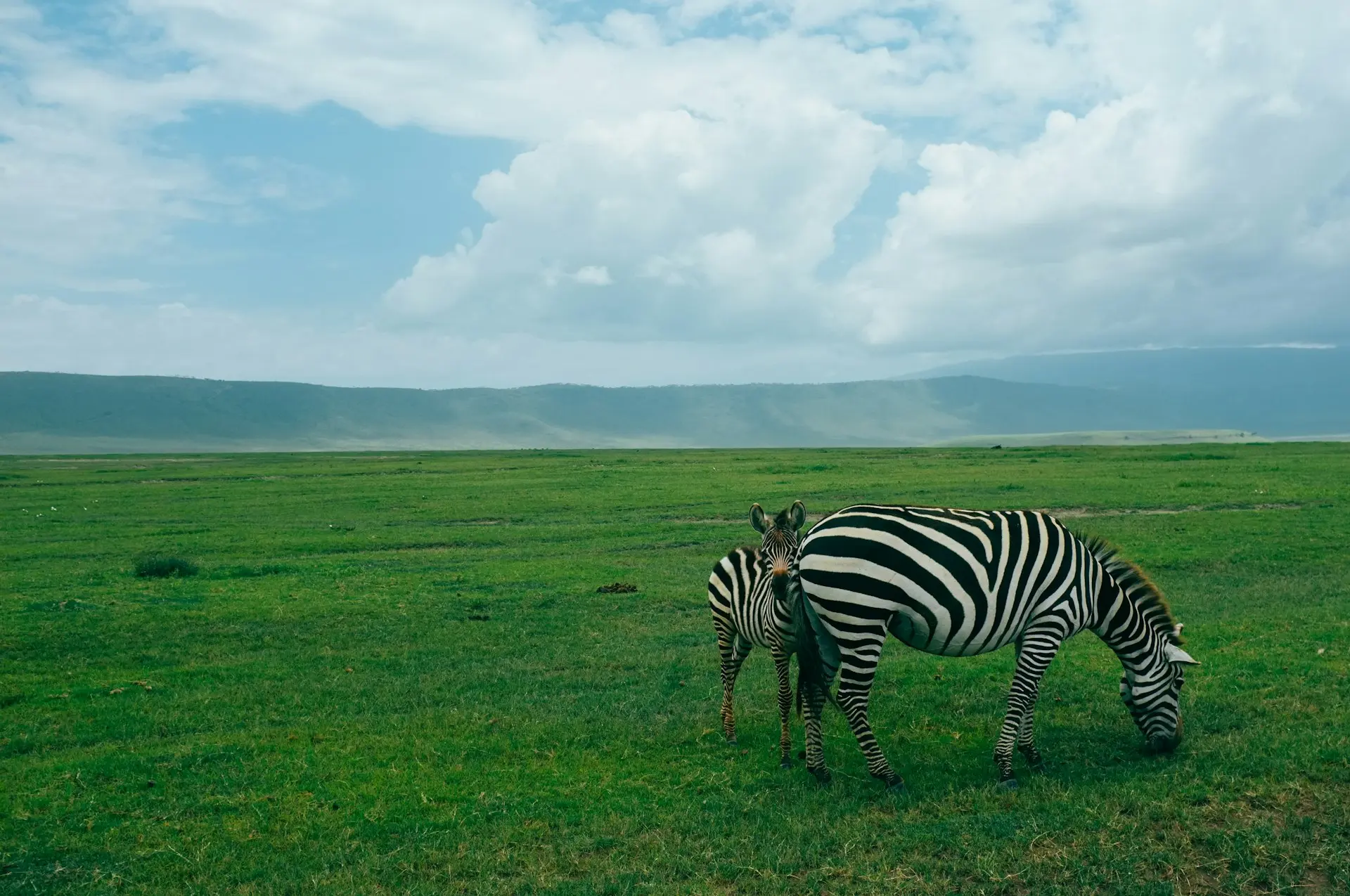
“Their team helped me choose the right route and train properly. I felt 100% ready the day we started. Couldn't have asked for better support!”
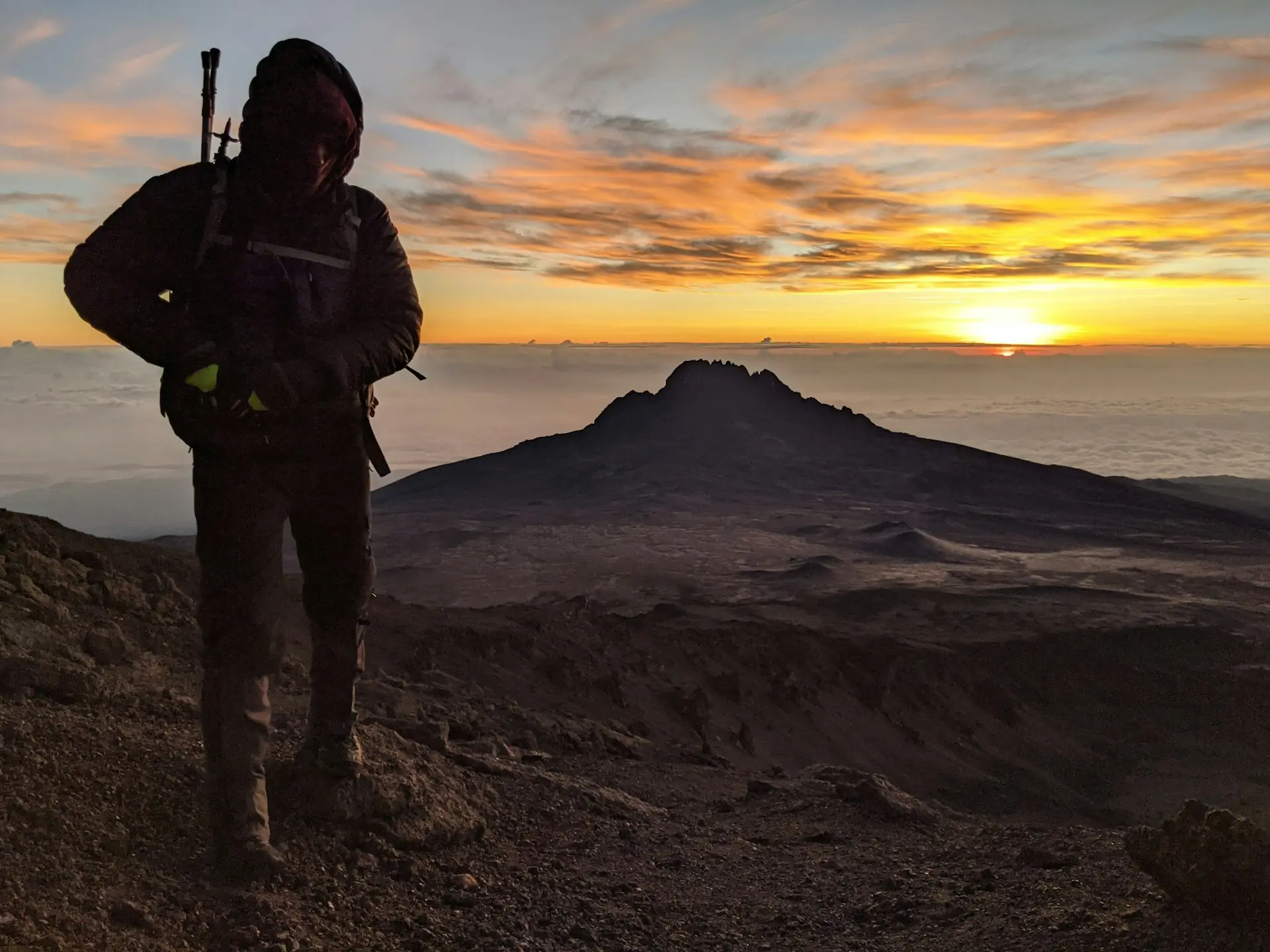
“From planning to summit, everything was seamless. Their guides were pros I felt safe, prepared, and inspired every step of the way.”
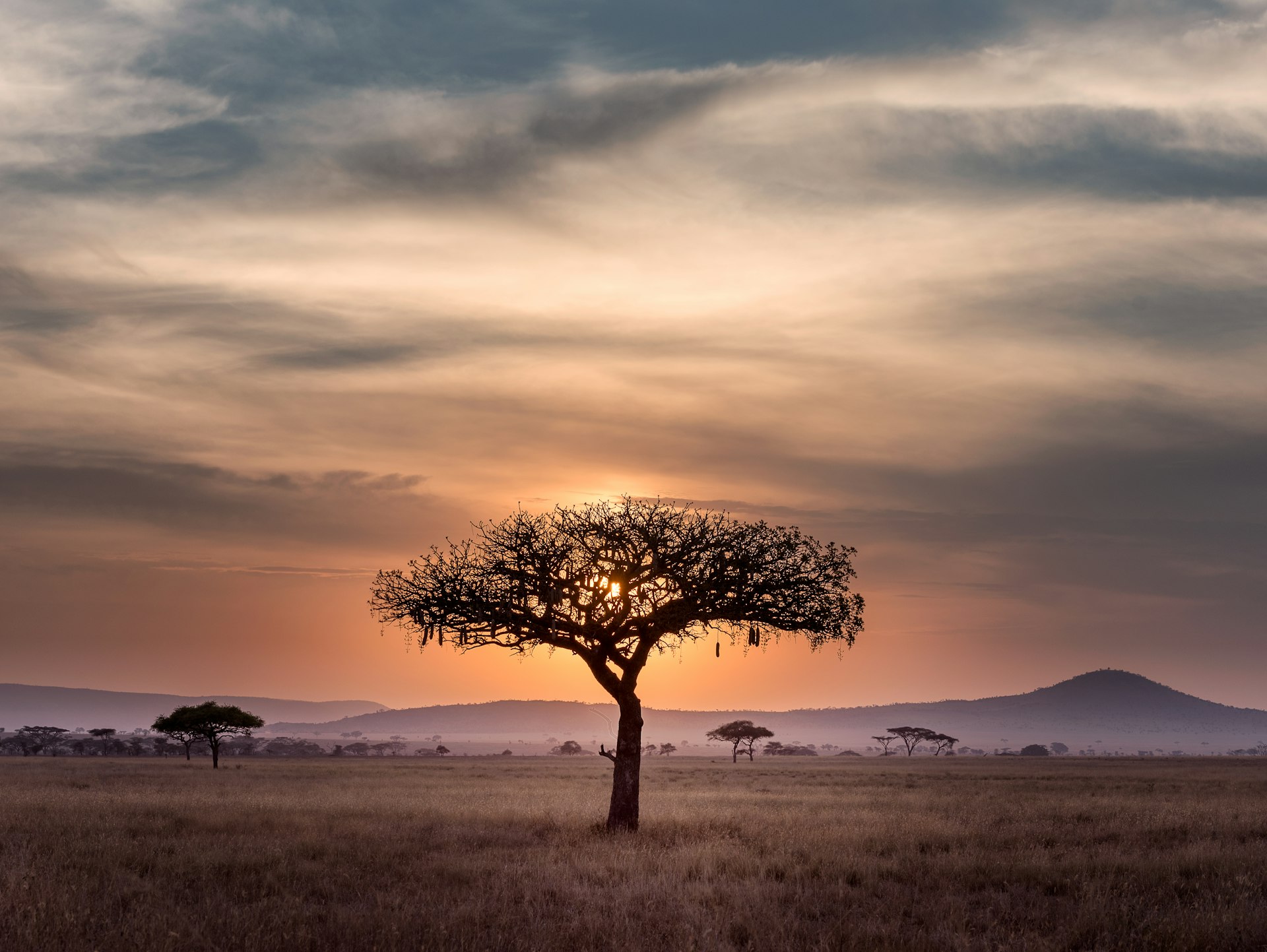
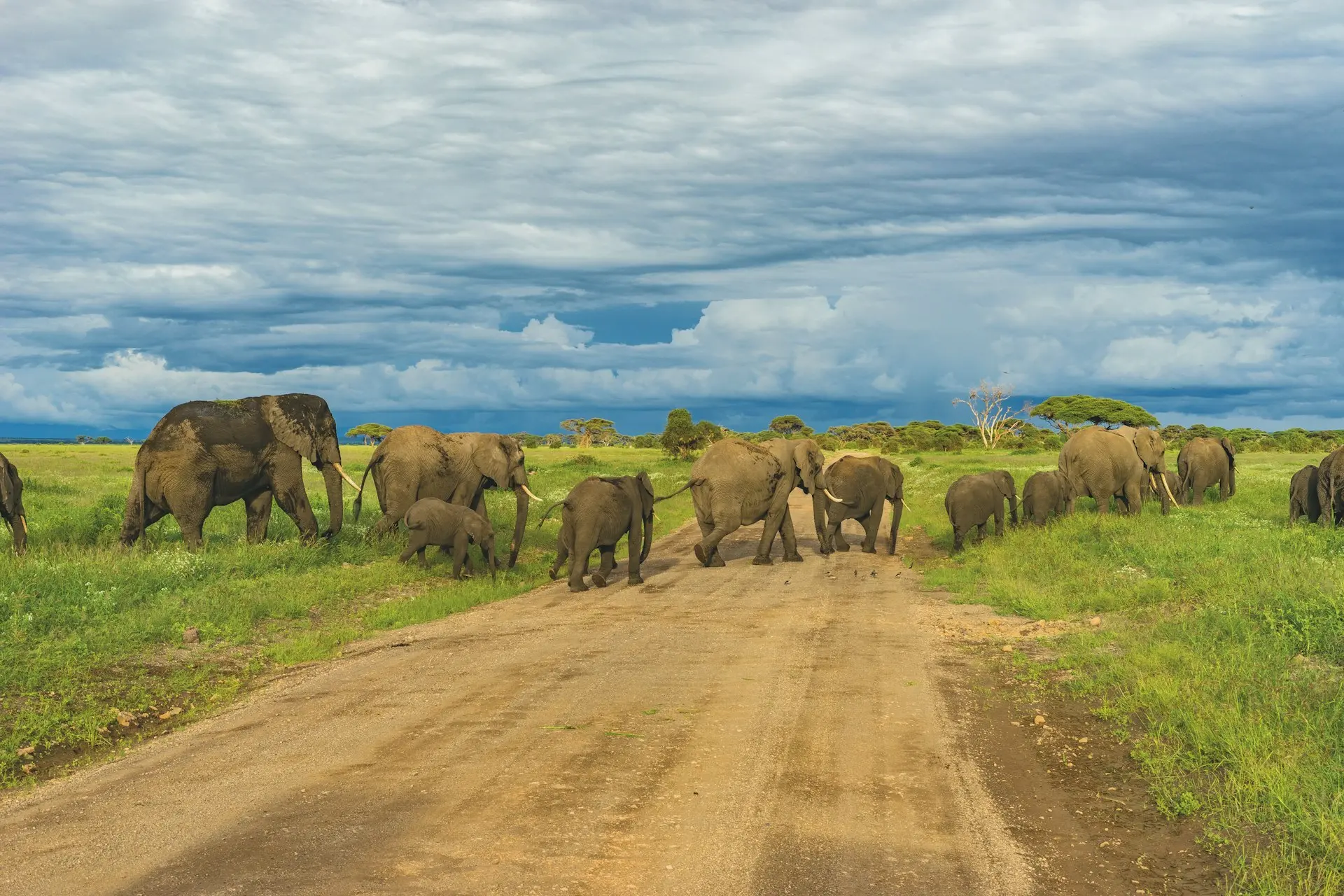
“Climbing in July was magical—clear skies, no rain, and unforgettable summit views!”
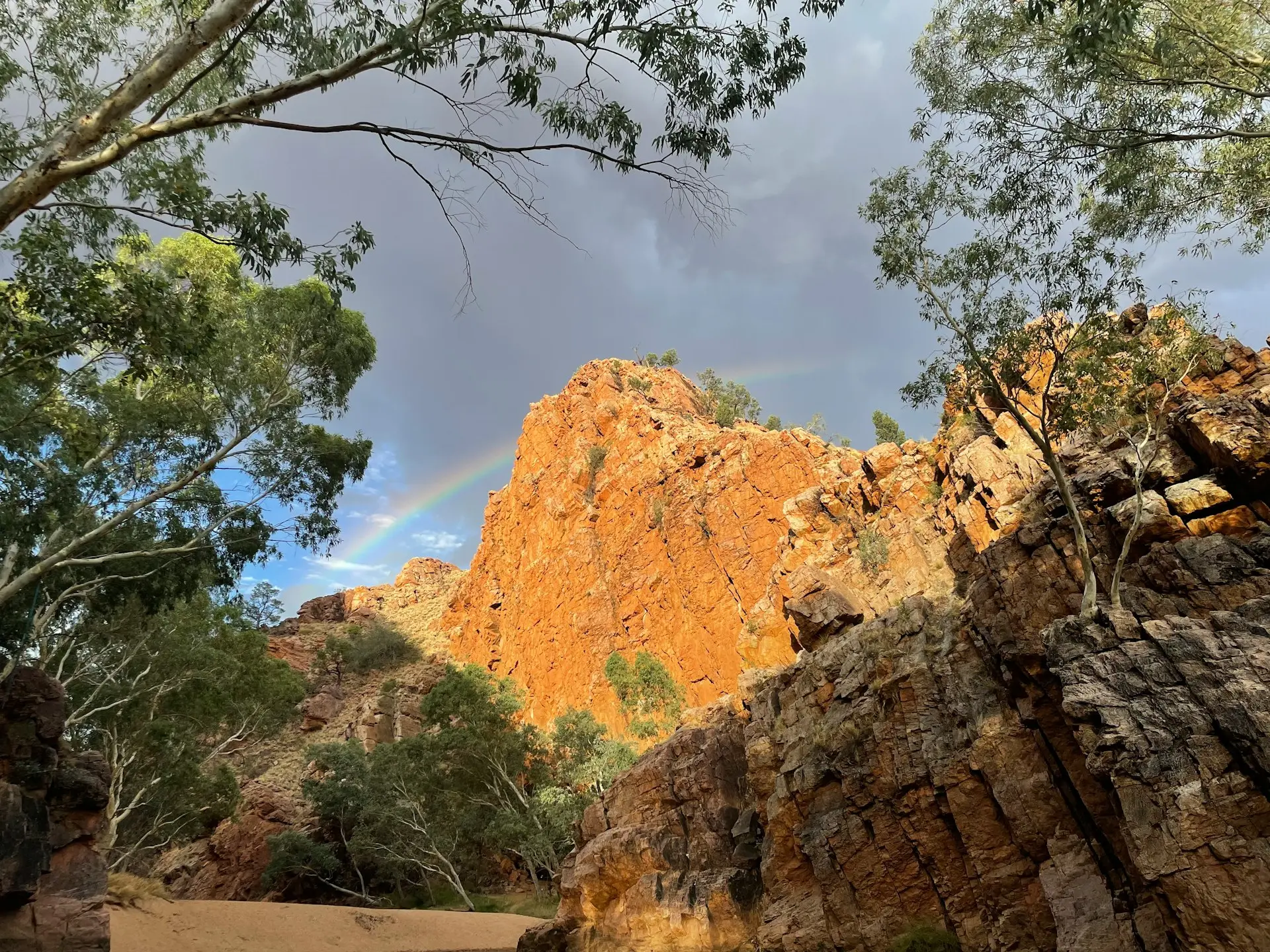
“Booked six months early for October—perfect weather and the best guide ever!”
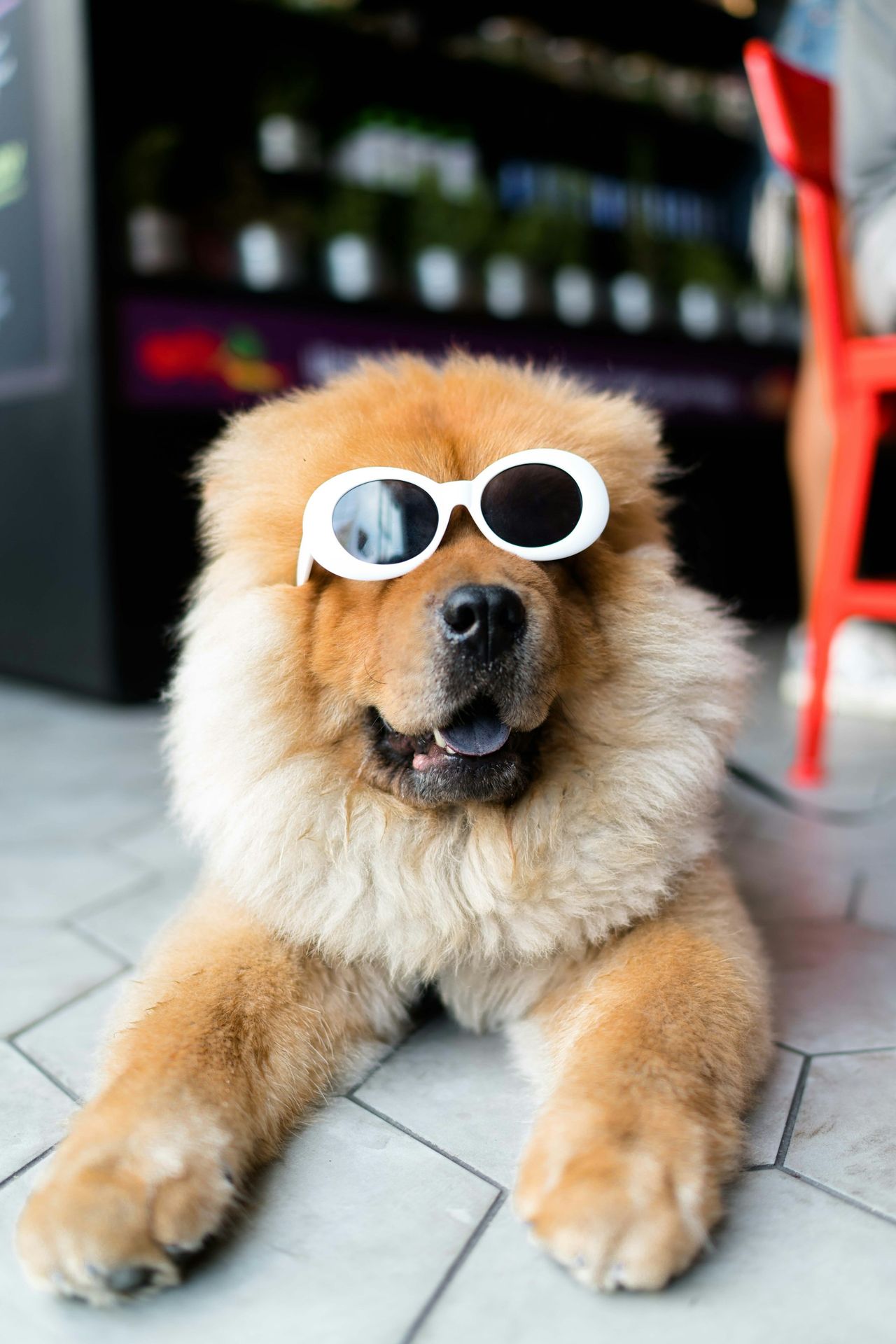
“New Year’s sunrise on Kilimanjaro? Life-changing. Cold but totally worth every step.”

☀️ Monthly Weather & Climbing Conditions When Should You Climb Kilimanjaro?
Discover the best time to climb Kilimanjaro with monthly weather tips and success insights.
June – October (Prime Dry Season)
✅ Weather: Cool, clear days (15°C/59°F at base), icy nights (-20°C/-4°F at summit)
✅ Trail Conditions: Dry, solid paths with minimal rain below 3,000m
✅ Crowds: Most popular season (especially July – August). Book 6+ months ahead!
✅ Why Climb Now?
✔️ Highest summit success rate – 85%+ on 7+ day routes
✔️ Picture-perfect views and vibrant trails
December – February (Short Dry Season)
🌤️ Weather: Warmer days (21°C/70°F at base), icy nights (-29°C/-20°F at summit)
🌬️ Trail Conditions: Dry but dustier than June – Oct
🎄 Crowds: High during holidays > Christmas & New Year’s
🌄 Why Climb Now?
✔️ Experience an unforgettable New Year’s sunrise at Uhuru Peak
✔️ Ideal for winter holiday adventurers
April – May & November (Rainy Seasons
🌧️ Weather: Heavy rain below 3,000m, snow above 4,000m
🌪️ Trail Conditions: Slippery, muddy, more challenging – 50% lower success rates
🧍 Crowds: Very few climbers – perfect for budget deals & solitude
💡 Why Climb Now?
✔️ Incredible savings
✔️ Raw, untouched trail beauty — just be ready for a true challenge!
🧗♂️ Ready to Conquer Kilimanjaro? Here's How to Prepare Like a Pro
Climbing Kilimanjaro is more than a hike—it's a life-changing adventure. We’re here to make sure you’re 100% ready to reach the summit with confidence and comfort. Let’s get you prepared!
1️⃣ Train Smart. Climb Strong.
To conquer the Roof of Africa, your body needs to be your best ally.
💪 Cardio: Start hiking 15+ miles weekly with a backpack to simulate trail conditions.
🔥 Strength: Build up your legs and core—think squats, lunges, and step-ups.
🌬️ Altitude Prep: Include hill hikes or consider altitude training masks to help your lungs adapt.
2️⃣ Pack Like a Pro – Don’t Get Caught Unprepared!
Your gear can make or break your climb. Here's your essential checklist:
✅ Layered Clothing – Be ready for +30°C days and -20°C summit nights.
✅ Sturdy Hiking Boots – Broken in and blister-free is a must.
✅ -10°C Sleeping Bag – A warm night = a good night.
✅ Diamox – Prevent altitude sickness and keep your energy high.
🎒 Want a complete checklist?
👉 Download your FREE Kilimanjaro Packing Guide →
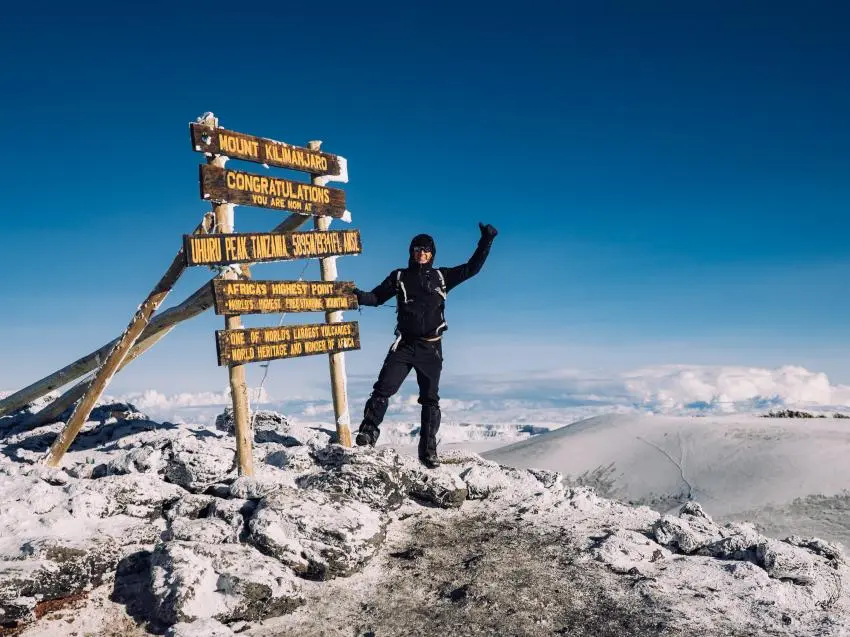
🏔️ Altitude Sickness on Kilimanjaro: What You Must Know (and How to Beat It)
Altitude sickness (Acute Mountain Sickness, or AMS) is the #1 challenge on Kilimanjaro and the main reason people turn back. But with the right plan, you can beat it.
⚠️ Common Symptoms to Watch For:
- 🤕 Headaches
- 🤢 Nausea
- 😵 Dizziness
✅ Smart Prevention Tips from Our Expert Guides:
🦶 Go “Pole Pole” – That’s Swahili for “slowly slowly.” Take your time it’s not a race.
💧 Hydrate Constantly – Drink 4+ liters a day to help your body adjust.
🗓️ Choose a 7+ Day Route – More days = better acclimatization = higher summit success!
🧠 Pro Tip:
Most climbers who take our 7 to 9-day routes and follow these tips have minimal symptoms and make it to the summit feeling strong.
❓ FAQs About Climbing Kilimanjaro
Everything you need to know before taking on Africa’s tallest mountain!
A: No technical climbing just strong legs and determination! The altitude is the real challenge. Success rates range from 45–75%, depending on your route choice and prep.
A: Absolutely! With 6–8 months of training, even first-time hikers have an excellent chance of reaching the summit. We've guided many first-timers to the top!
A: For the best weather, go in January–March (clear skies) or June–October (cooler, dry days). Avoid April–May due to heavy rains.
A: Yes! Private treks are ideal for solo adventurers and couples. They cost a bit more but include personalized 1:1 guide attention—worth every step.
A: Often yes. Guides give more focused attention, monitor your health closely, and adapt the pace just for you—making your climb safer and smoother.
A:Certain times of year pose weather risks or crowd challenges. Here’s when it’s best to avoid your trek:
- ❌ April–May (Long Rains): Torrential downpours flood trails and create hazardous conditions.
- ❌ November (Short Rains): Sudden storms and slippery paths, especially above 3,000m.
- ❌ Full Moon Periods: Gorgeous skies, yes—but summit nights are crowded. For more solitude, book away from full moon dates.
A: Both are great! July offers cooler, stable weather. January tends to be warmer, ideal if you prefer milder nights.
A: Definitely. August is peak season with clear skies and dry conditions but it’s also popular, so book early!
A: Nights in July–August can plunge to -29°C (-20°F) at the summit. Pack a proper -20°C - rated sleeping bag!
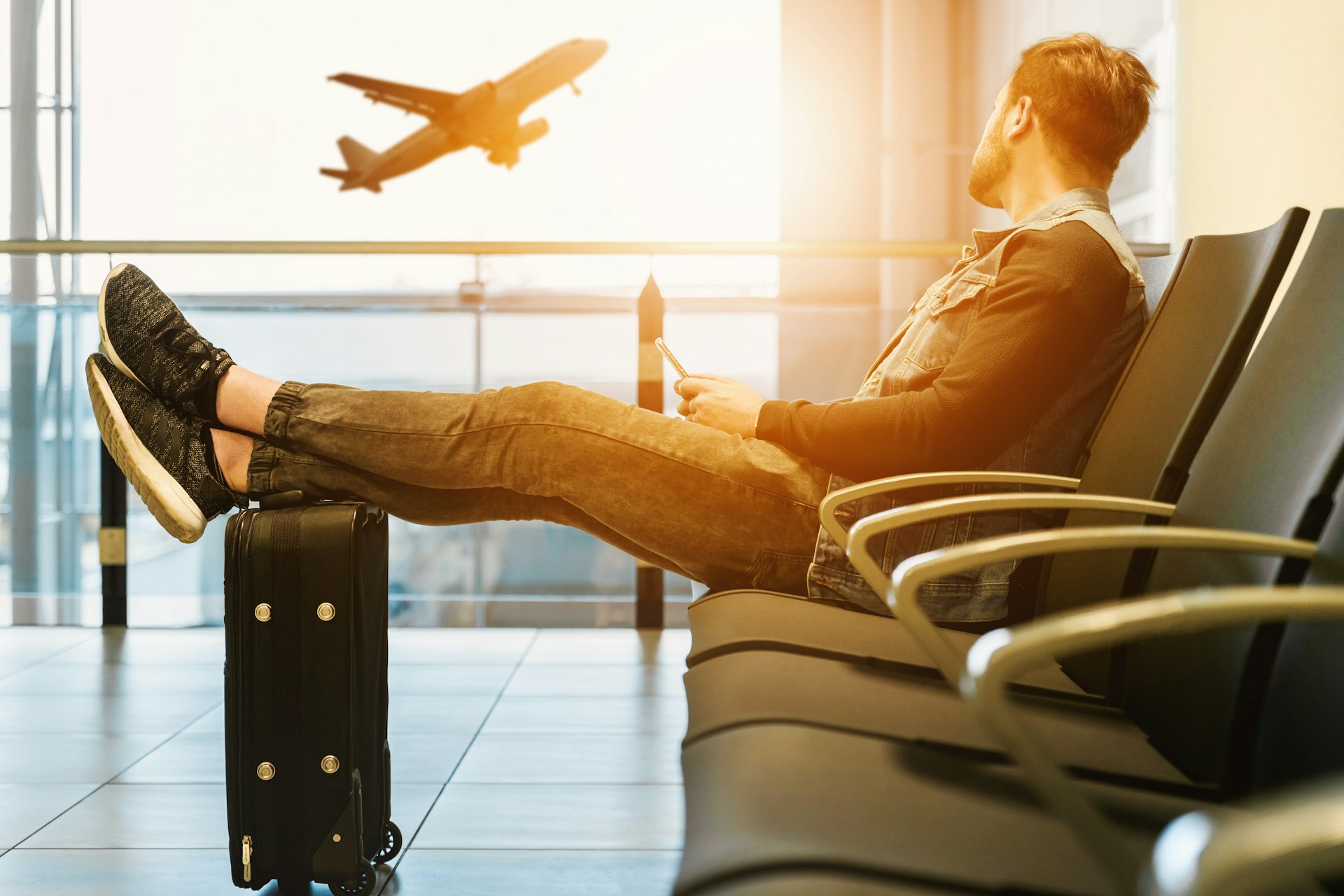
Book with us now!
Check out what's new in our tour packages
